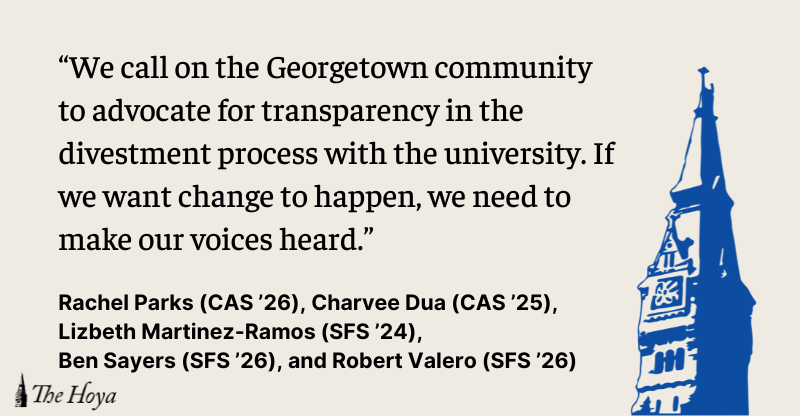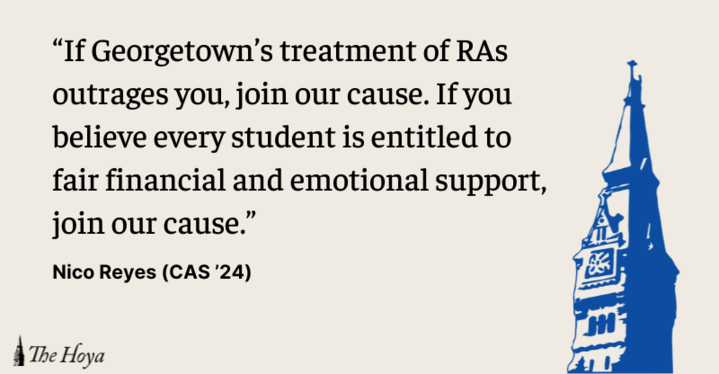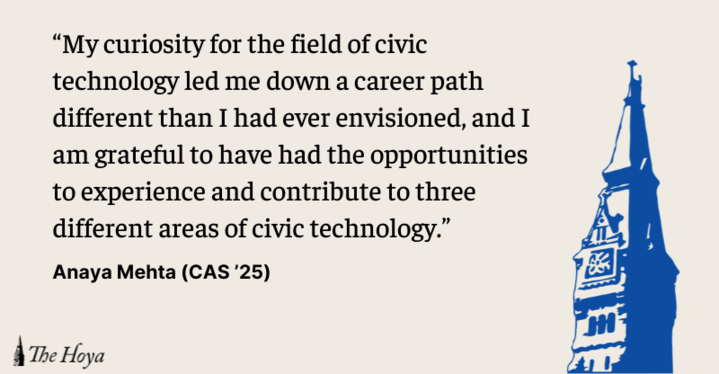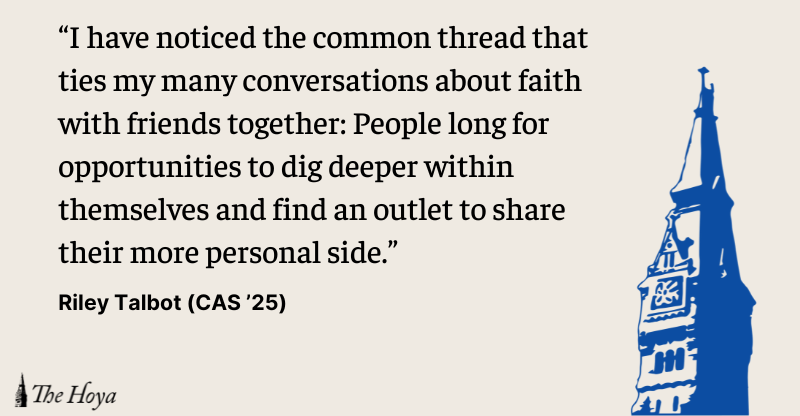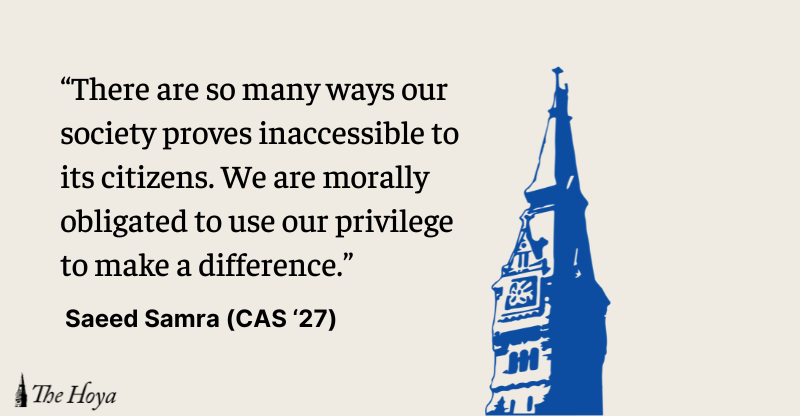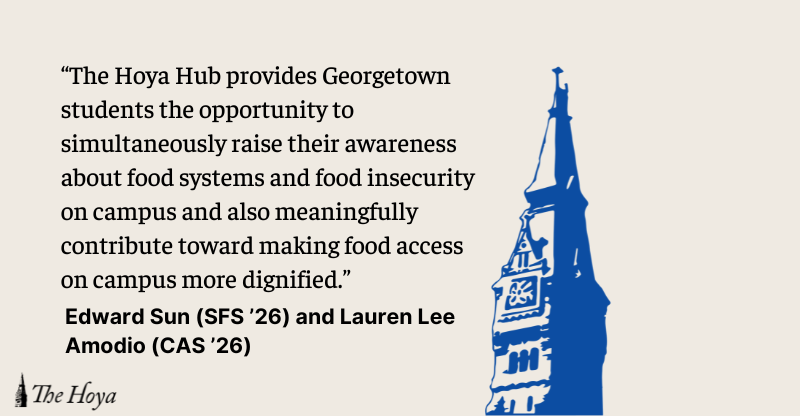Since its establishment by the NCAA in 2021, name, image and likeness (NIL) has become a significant point of consideration for student-athletes and universities alike when it comes to the recruitment process. These deals, which relate to active endorsements of outside companies, ensure that collegiate athletes receive compensation when brands use their name, image or likeness to promote their products. These agreements also gift athletes with a plethora of complementary products in exchange for their social media promotion. Athletes can receive an NIL deal from various kinds of businesses, ranging from small chains like South Block to major clothing brands such as Vuori.
This is a mutually beneficial relationship: NIL deals help support both the student-athletes and the companies participating in the agreement. Businesses profit from their products receiving this promotion at minimal cost. Given that student-athletes are expected to maintain a public social media presence in order to hold their NIL deals, companies can even garner global advertising.
With regard to student-athletes, NIL deals play a large role in supporting students in their decision to simultaneously further their education while also advancing their athletic career; this encourages more athletes to graduate from their respective universities rather than abandoning their studies halfway through in order to pursue professional sports. As athletes invest more in collegiate sports, university teams in turn grow more competitive and attract more top athletes.
NIL deals also provide an opportunity for student-athletes to maintain a steady source of income in lieu of a part-time job, especially given how time-consuming being a student-athlete can be, with practices often accounting for 20 hours per week.
While NIL deals provide opportunities for companies and student-athletes alike, students who attend larger schools — such as the Southeastern Conference (SEC) and Atlantic Coast Conference (ACC) schools — are at a significant advantage. This is due to the fact that schools of this stature gain more attention from the media, therefore the athletes themselves have more public exposure. As a result, they are more likely to receive larger NIL deals over a student from a smaller school or program.
For example, Livvy Dunne, a gymnast at Louisiana State University (LSU), has several NIL deals — including deals with large brands such as Vuori, an athletic clothing store, that provide her with an annual revenue exceeding $3.3 million in 2023. With Vuori using her name, image and likeness to promote their products, other student-athletes will become increasingly likely to pursue similar deals; however, many cannot. This is indicative of a greater problem NIL agreements bring: an unequal distribution of resources and benefits. While Georgetown University athletic teams have been able to receive many NIL deals, including South Block, South Moon Under and SPRHRA, they lack facets other schools have tapped into, including TV appearances and large-scale advertising campaigns.
There should be regulations in place to ensure pay and opportunity are equally distributed across collegiate institutions and their student-athletes. No single school or athletic program should have a monopoly over company representation. I urge the NCAA to consider creating a limit on the number of NIL deals a team or individual can sign with.
On the Hilltop, Georgetown has developed a program called Hoyas Rising that solely focuses on connecting student-athletes and athletic teams on campus with NIL deals in the greater Washington, D.C. area. So far, Hoyas Rising has helped more than 200 student-athletes and teams find NIL deals from companies in Georgetown. There is also a new addition of the NIL store through Georgetown Athletics and Hoyas Rising where student-athletes have shirts, sweatshirts and other clothes marked with their names and numbers. It benefits the student-athlete since the money made from selling these clothes goes directly to them, but it also encourages the Georgetown community to rally behind and support their student-athlete peers.
While Georgetown athletics has become more involved in finding student-athletes NIL connections, continuing this growth will not only benefit student-athletes, but also Georgetown athletics as a whole.
Name, image and likeness has opened many doors for student-athletes across the country, and I am confident it will only continue to grow. I am excited to see what steps the NCAA takes to evolve NIL even further than it is today and where it takes college student-athletes in the future. Ultimately, I can’t wait to see how NIL continues to grow and provide student-athletes more opportunities at Georgetown.
Ashley Kennedy is a sophomore in the School of Health. This is the first installment of her column “Athlete’s Corner.”














